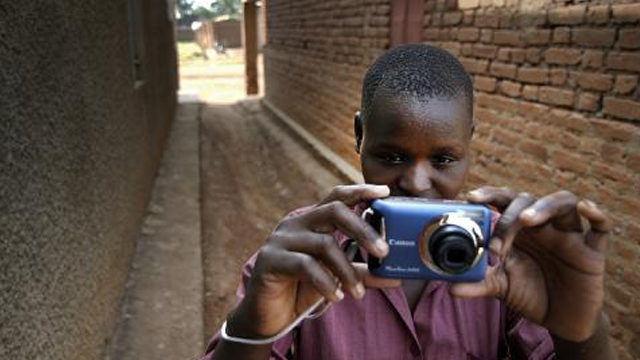Anthropographia: A different way to tell a story
When I decided I wanted to be a journalist, I was motivated by a desire to help people. I thought I could help more people by writing about major concerns than by actually working to stop the problem. In retrospect, I may have chosen the wrong profession, but I still believe that as journalists we have the ability to draw attention to events and issues that many people may not know about.
But it can be hard to get to the root of a matter, such as child soldiers, and figure out how to cover it fairly and accurately in a five-day trip to Africa. We can go to a village, ask some questions, observe that life is hard for people there, snap a few photos and get out. But it’s nothing more than an outsider’s perspective. Even a 30-minute viral web video doesn’t give the viewer an idea of what is really happening, in Africa or anywhere else.
Anthropographia combines both anthropology and photography in order to present the subject matter in a way that sheds a new light on and helps us to better understand societies and cultures that are different from ours.
Although this approach is interesting on its own, photojournalist Marc Ellison decided to take it one step further when he visited northern Uganda last summer. Instead of taking the photographs, he gave cameras to several women who were former child soldiers, asking them to document their daily lives and things that were important to them. Ellison was aware that these women and others before them had been questioned by journalists previously, and that many didn’t see any reason to speak with him.
But by being creative and taking a big risk, Ellison was able to tell the women’s stories from a whole different perspective. At one point, he even had the women interview their friends, who had similar experiences as former child soldiers.
It’s easy to recognize that there is a problem that should be highlighted. Anthropographia may not always be the solution to superficial coverage, but it holds out the promise of getting to know the people experiencing problems and understanding their biggest struggles.
Lead image via J-Source.















